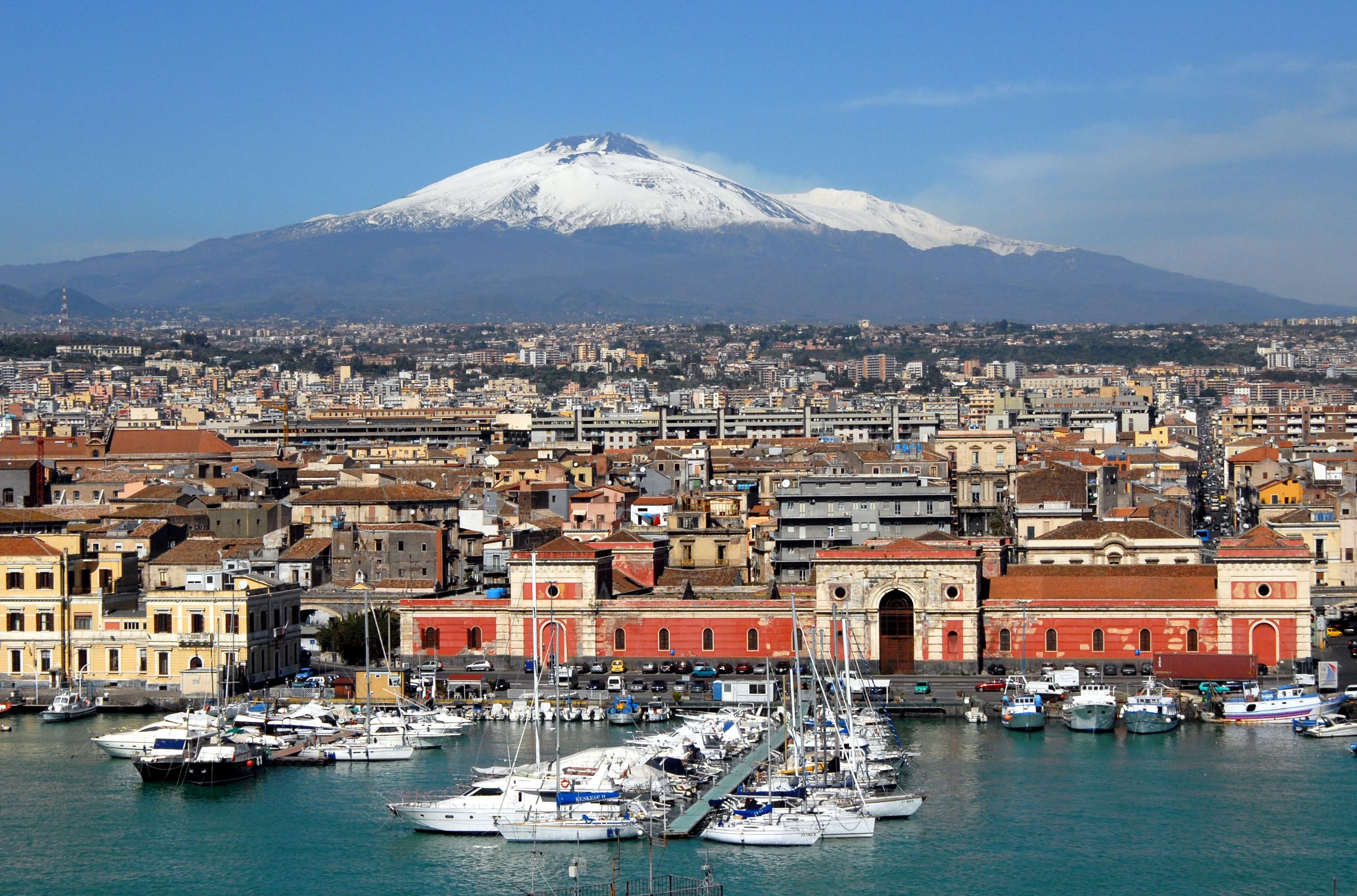Catania, Italy

For all its noise, chaos and scruffiness that hit the visitor at first glance, Catania has energy to sell and a beautiful, Unesco-listed historic centre. Grandiose black-and-white palazzi tower over baroque piazzas and the city has one of the most vibrant fish markets on the island, together with hundreds of bars, clubs and eateries that cater to the city’s fun-loving population. All the while, Mt Etna broods on the horizon, its powerful presence adding a thrilling edge – and a beautiful backdrop – to Sicily’s second-largest city.
Catania, or Katane as it was once called, was originally founded by the Chalcidians in 729 BC, growing to become a major regional power in the 4th and 5th centuries BC. In subsequent centuries it was ruled by a succession of foreign powers, first the Romans, then the Byzantines, Saracens and Normans, but by the mid-17th century it had once again become a prosperous commercial centre. Then, in the late 1600s, disaster struck. Twice. First, Mt Etna erupted in 1669, engulfing the city in boiling lava, then, in 1693, a huge earthquake hit leaving 12,000 people dead. But out of the ashes arose the city that stands today. Under the supervision of architects Giovanni Vaccarini and Stefano Ittar, a new street grid was created incorporating spacious squares and streets of differing widths, all designed to provide escape routes and greater shelter in case of another eruption. Grandiose palazzi and churches were built in baroque style out of the black volcanic rock that Etna had rained on the city.
Read more about Catania on Lonely Planet!
